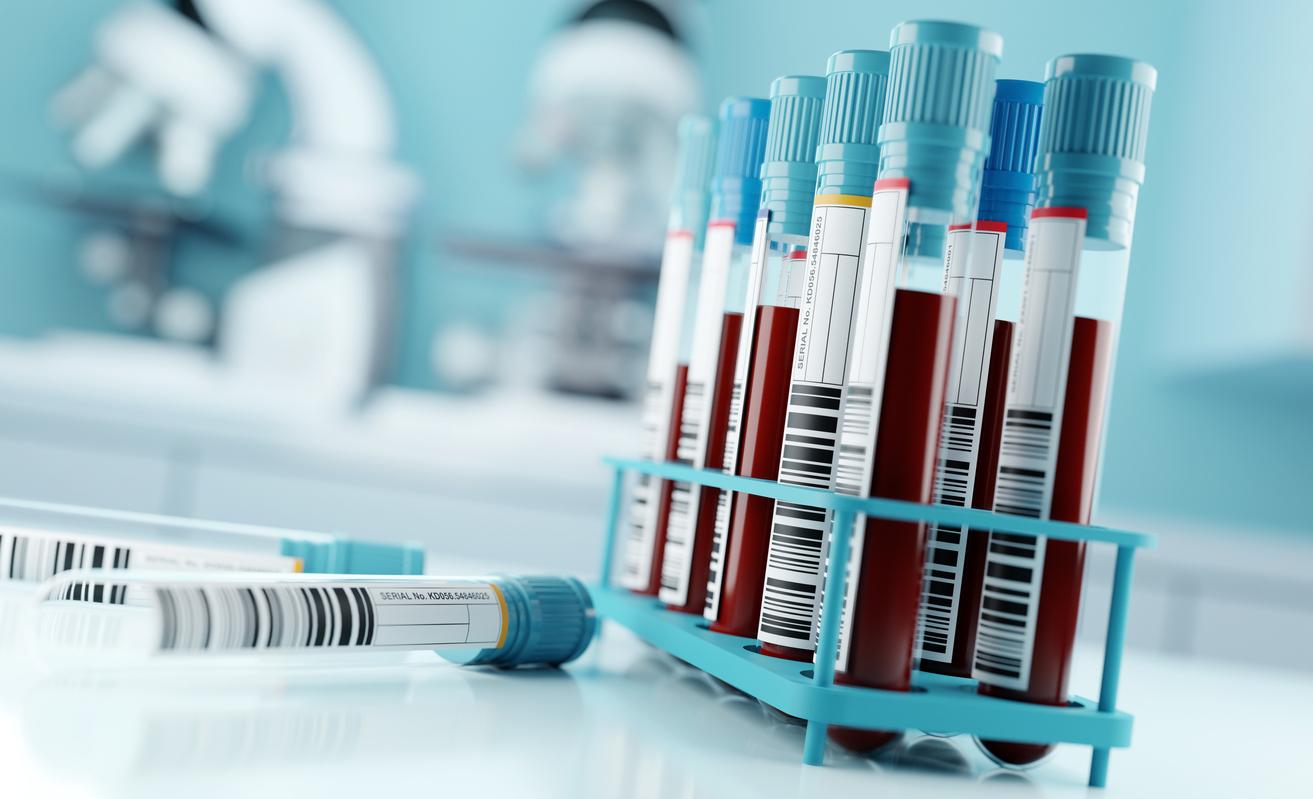What is an abdominal aortic aneurysm?
AAA is a disease of the arterial wall responsible for localized dilation of the aorta, often in the abdomen. This dilation causes an increase in the fragility of the wall of the aorta. Most aneurysms cause no symptoms, which is why they are difficult to diagnose.
In the event of a breakup, what happens?
The consequences can be fatal. If the person is not taken care of, he can die of a hemorrhage in a few tens of seconds. But sometimes it happens that a rupture is plugged by the surrounding tissues. This is called a “covered break”. It is painful, so the patient consults a doctor, which makes it possible to cure it quickly.
Who are the people at risk?
AAA mainly affects men over the age of 60. smokers or former smokers and with a family history. Physical inactivity and hypercholesterolemia are also risk factors. Smoking cessation, reduction of hypercholesterolemia, resumption of physical activity, reduction of overweight and control of diabetes are part of the recommendations during the care of the patient.
How can we limit the risk of ruptures?
The ultrasound screening examination makes it possible to measure the diameter of the aorta and make a diagnosis. It therefore makes possible a significant reduction in AAA-related mortality in the medium and long term. If the aneurysm is small, less than 50 millimeters, it is preferable to monitor the patient, because the operative risk is not zero. On the other hand, as soon as it reaches 50 millimeters, the risk of rupture in the year is 6 to 10% and it increases according to the size. In this case, we operate as quickly as possible.
What is the purpose of this screening day?
The objective is to reach the target population, which runs a real risk. Last year, during the first day of screening carried out within the Paris Saint-Joseph hospital group, around 6,000 people showed up. We diagnosed 3% of aneurysms. This year, many centers are taking part in this day and the media campaign has been greater, so we are expecting even more people.


















